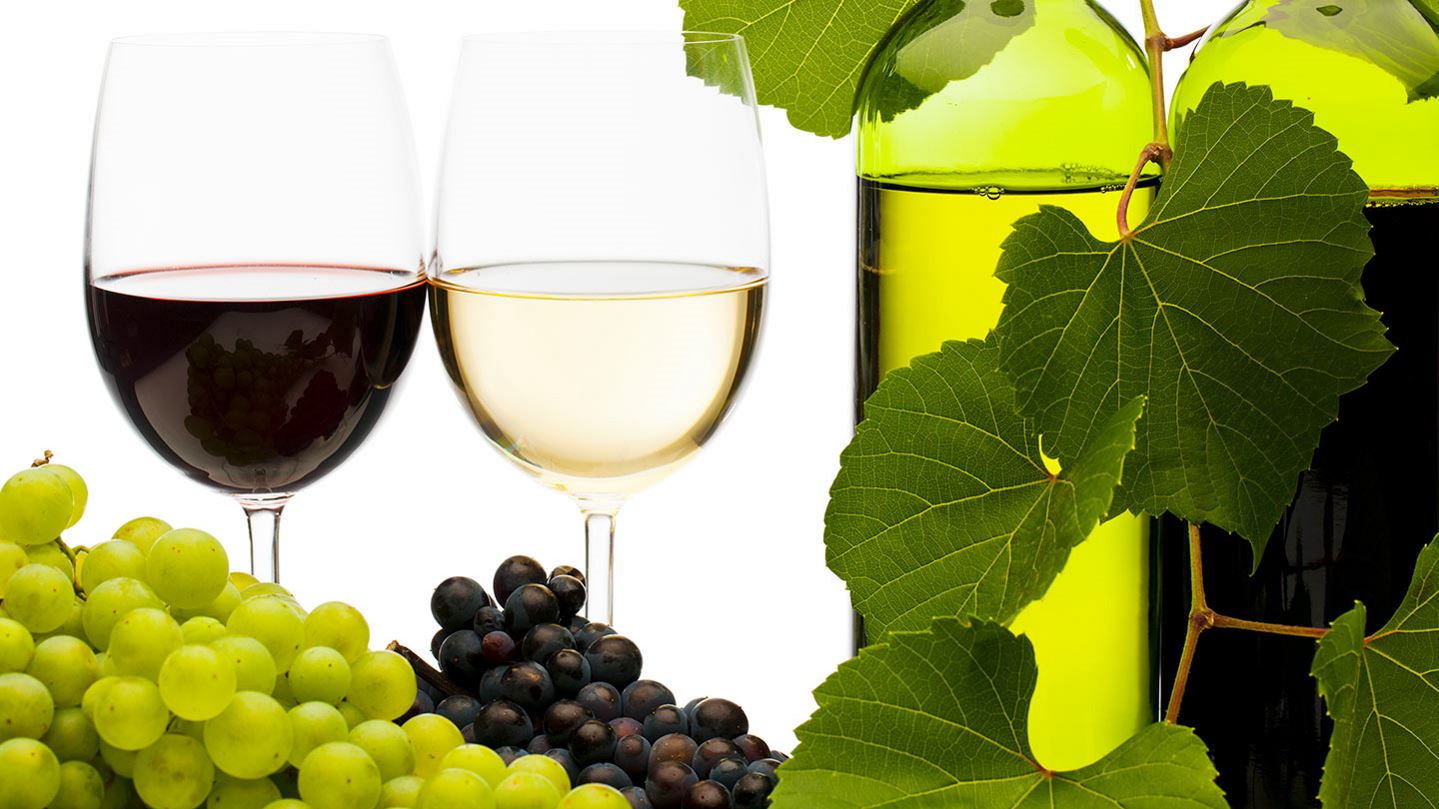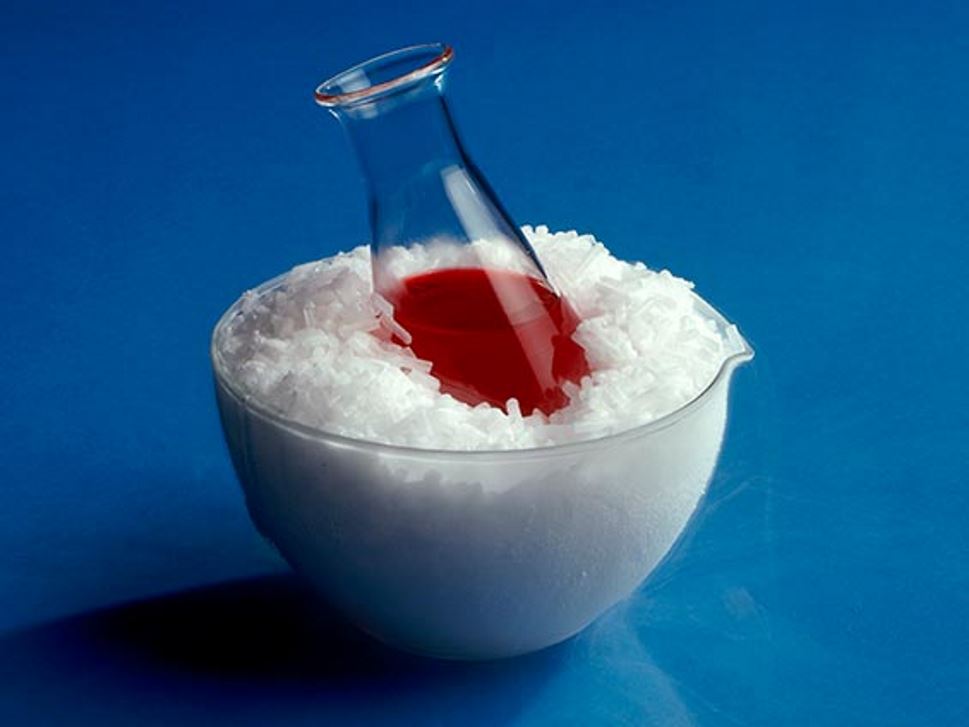Nitrogen or Argon
Eliminate undesired oxidation reactions, Inhibit microbiological growth during storage, Can help reduce the use of SO₂ for clarification, Can crush the grapes with limited breakage of seeds and lower absorption of grape-skin polyphenols, can crust freeze the grapes prior to being crushed
Gaseous CO₂
Standardises the level of CO₂ lost during the processing, reduces red wine production times, prevents mould growth, obtains fruitier, lighter, fresher wines with a more stable colour and can carbonate wine
Solid CO₂ (Dry Ice)
Cools the grapes during transport to the winery or during crushing and pressing, to prevent oxidation and early uncontrolled fermentation
Oxygen
Hyper-oxygenation of must before fermentation in white wine production (no use of SO₂) and micro-oxygenation during red wine production for an improved colour
Sulphur Dioxide
Protects against oxidation caused by the grape’s own enzymes, reduces the growth of bacteria and unwanted yeasts while enabling the desired yeasts to develop, influences the taste, helps to conserve the aromas; contributes to the development of the bouquet of reserve wines, improves the production for over-ripe vintages and enhances the colour dissolution of the grape skin.

